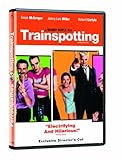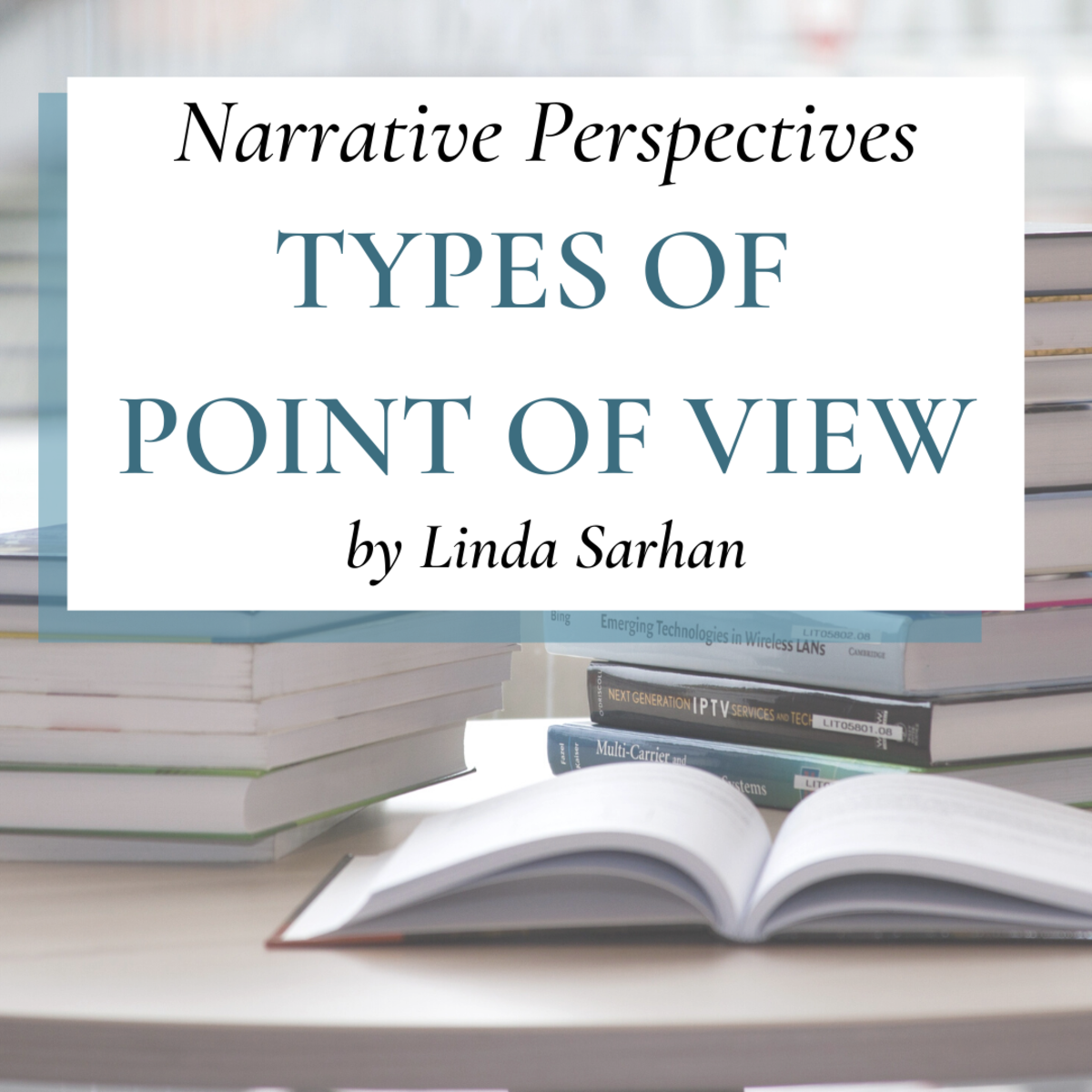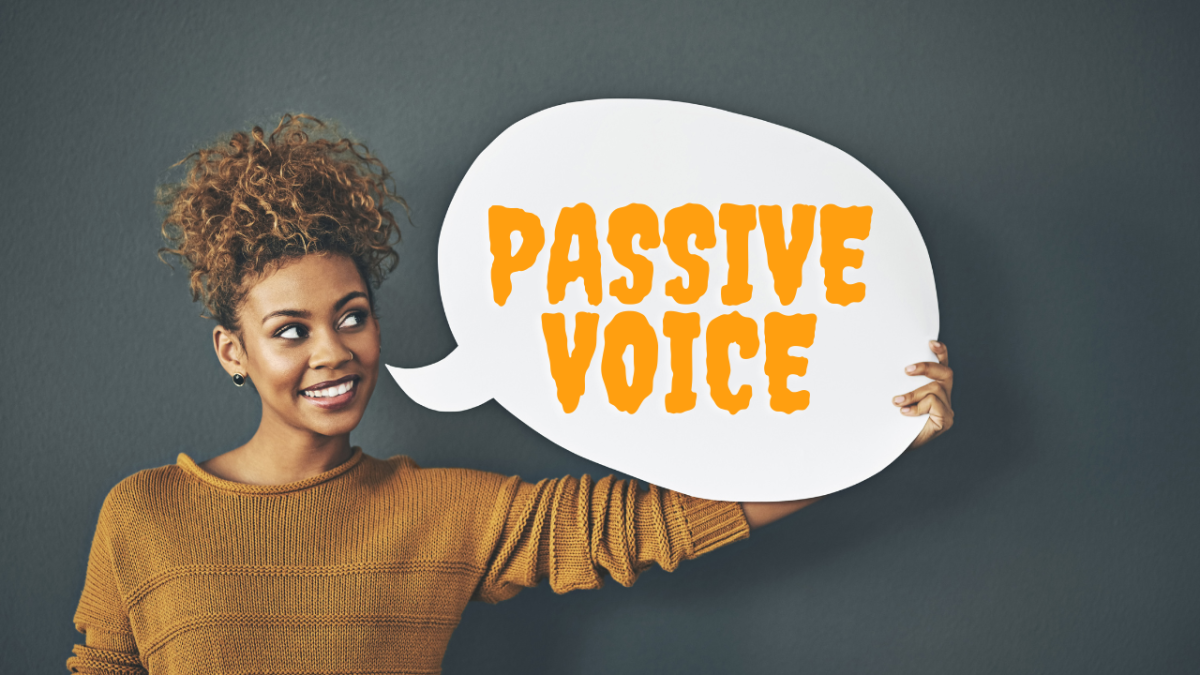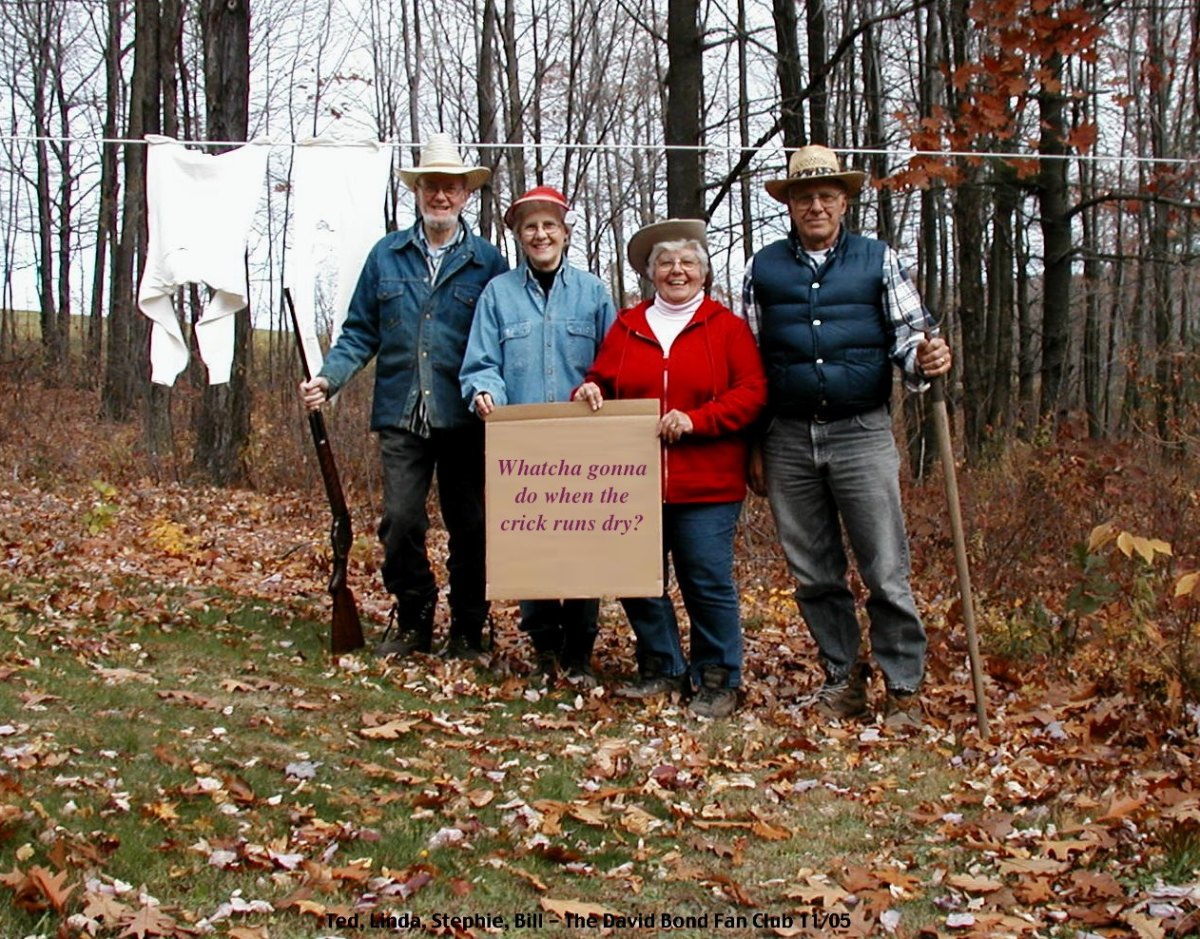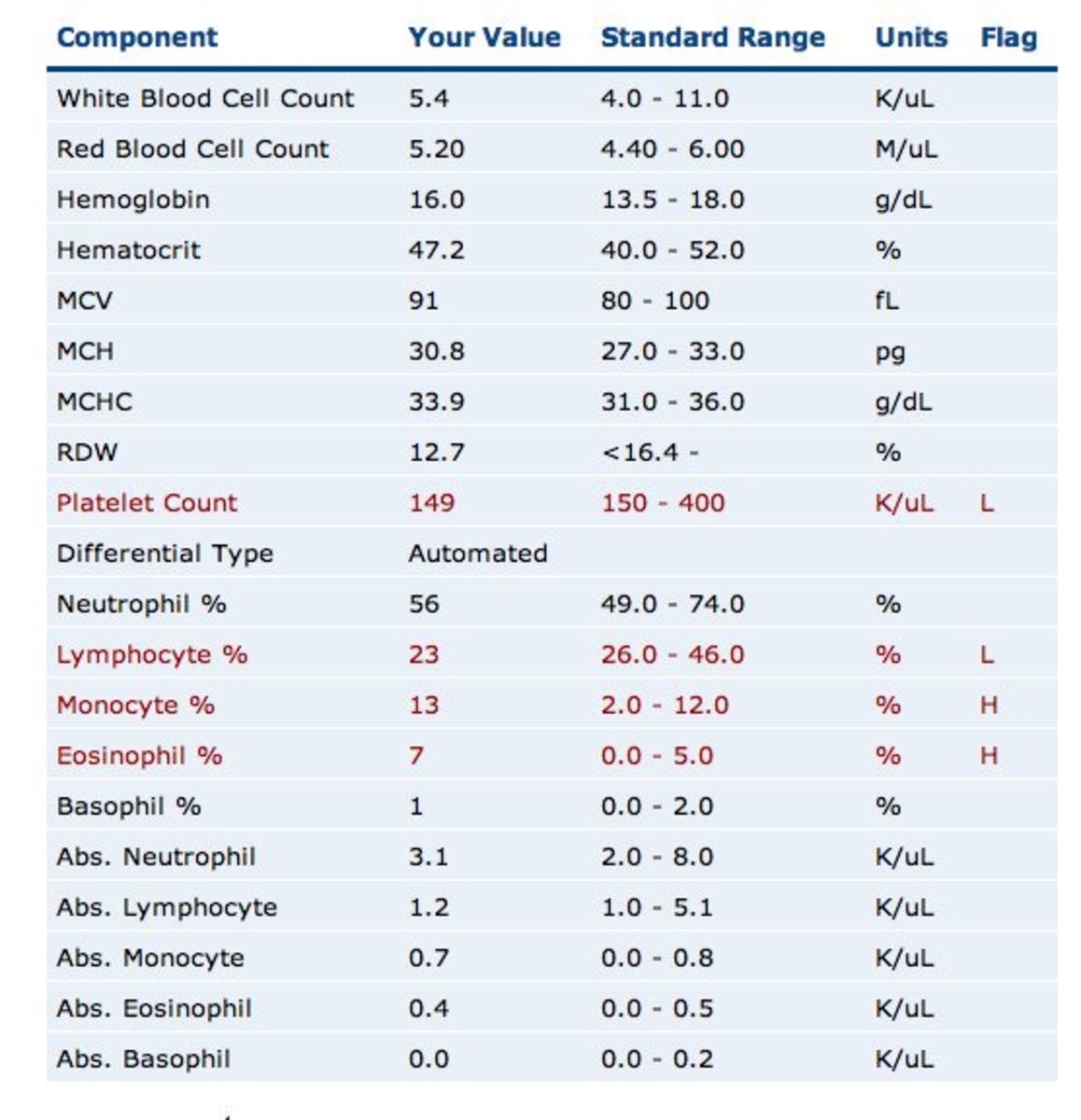Writing Tips: The Different Types of Point of View
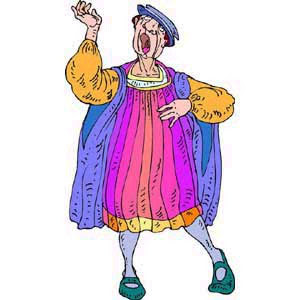
So you've got a story to tell...
Don't we all! We tell stories all the time. When we tell them, we tell from a viewpoint. Usually, if the story involves us directly we tell it in first person. If it involves others, it's usually in third person. Of course, I said USUALLY. There's always exceptions, and the viewpoint can change over time. What follows will be a brief listing of the different types of viewpoints and the pros and cons of each. This list will in no way be exhaustive, but should cover most of the common viewpoints. I may update this periodically, as time and comments dictate. Enjoy!

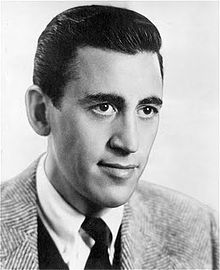
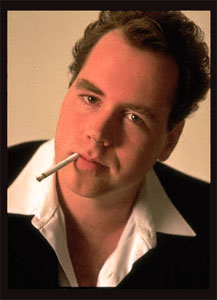
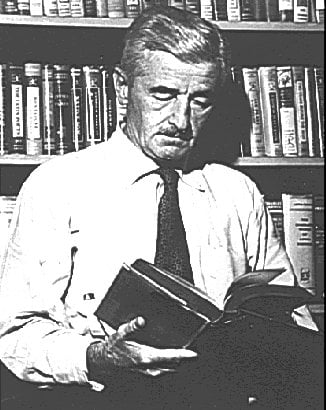
First Person Narration
First person Narration uses words like "I", "We", "Us", etc. to tell a story. It can be singular (as in J.D. Salinger's Catcher in the Rye ) or plural (as in William Faulkner's A Rose for Emily ). It can also be told in past (as in Catcher in the Rye ) or in present tense (everything by Bret Easton Ellis, except for Lunar Park , fits in this category).
One of the advantages to first person narration is that we get into the mind of one character. We see the story unfold through their eyes and their eyes alone. They are presumably the most interesting character in the story and the one with the most at stake in how the story turns out. This is also the limitation. With first person, we cannot get in the head of another character, at least not directly. We can use conjecture and observation, but unless the character being observed is talking about him or herself directly or indirectly, it is all assumption.
First person narrators can also be unreliable at times. Patrick Bateman from American Psycho and Holden Caufield in Catcher in the Rye fall into this category. They are telling the story as they tell it and as they perceive it, but, they cannot be fully trusted. Bateman is a delusional serial killer and Caufield is an angst ridden teenager. Their perspectives are skewed. This makes for an interesting read, but also requires much more alertness on the part of the reader.
Remember, in your own life, your own observations are often skewed by your experiences and inherent prejudices. The same is true of first person narrators.
Also, first person narration is not the author speaking, it's the character speaking through the author. Never assume there's an author.
Second Person Narration
Outside of poetry, this viewpoint is rarely used. The narrator, in this case is "you" and is often accusatory. readers resist this and, as such, you will rarely see "You" narration hold up over a long piece, though you do see this somewhat more often in flash fiction. Jay McInerney wrote his novel Bright Lights, Big City with second person narration to great effect, but the novel is very short. One of my hubs is a short story called Styrofoam Plates and is in second person. I am revising the story to first person because I realize it's hard to connect with the character in the story because of the narration.It took numerous workshops and several rejection letters for me to realize this, but I eventually did. The narrative viewpoint wasn't the only problem, but it certainly was a factor.
An example of second person narration: "You looked over at her and she was smiling. You just wanted to kill her, though. You detest her."
That's very accusing. It's hard to engage because you're being forced into the action of murderous thoughts. It makes you uncomfortable. Second person narration should only be used when it serves the story best but, in reality, it's basically just a glorified, pretentious form of first person narration. It's interesting, but very easy to fall into the realm of gimmickry. You want your readers to focus on content, not gimmick, at least if you want to be viewed as a serious writer.
It works best in poems, where reader's are generally more open to being pored and gored. Not so much in fiction. Use this sparingly.
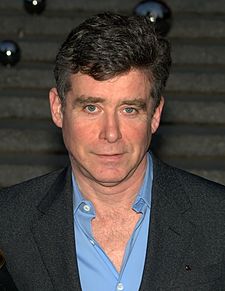
Past Vs. Present Tense
Past tense recalls events or actions that have occurred. For example,"I ran to the door and opened the door and saw my dad standing there, with luggage in his hands."
Present tense recalls events or actions that currently occurring. For example, "I run to the door and open the door and see my dad standing there with luggage in his hands."
With past tense, there is usually the assumption of narrative distance. Since the events have occurred, the narrator has a better idea how to interpret them and has, presumably, changed since their occurrence. With present tense, we experience and perceive events with the character. The character will presumably learn something or change as a result of the events, but he hasn't yet.
When drafting, don't worry about tense. Tense shifts are common mistakes in first drafts,. Use subsequent drafts and revisions to fix mistakes in tense... and experiment with past and present. See what flows better. See which works best for the story you're trying to tell.
Third Person Narration
Third Person Narration (he, she, they, them) is perhaps the most common and, on it's surface, the simplest. Short stories including Where are You Going, Where Have You Been? By Joyce Carol Oates and The Things They Carried by Tim O'Brien utilize this viewpoint. Charles Dickens, Stephen King, Flannery O'Connor, and Tom Clancy write in third person almost exclusively.
Third person allows a story to be told through the eyes of an outsider, someone who's not a character and whom does not have anything at stake in the story. It can be told in past or present tense to different effect. A third person narrator is generally reliable and generally reports the story objectively.
Third person narration is generally omniscient (all knowing) though sometimes this omniscience is limited to one character (as in Where are You Going, Where Have you Been? ). In the works of Clancy and King, we see into the minds of many characters in complete omniscience. This all knowing ability, mixed with the objectivity of the narrator, are the primary advantages of this viewpoint. Many times, the omniscient narrator knows the future and shares this with the reader.
There are also times where we are let into the characters' head directly, giving the reader some degree of closeness to the character or characters involved in a story.These thoughts are often are indicated by the use of italics.
Third person narration also leaves more room for description and setting, because the eye of the narrator is everywhere, not just in the mind of a character. In second and first person, setting and description are also used, but only through the direct statements of the narrator.
So, which viewpoint should I write my story in?
Keep reading...
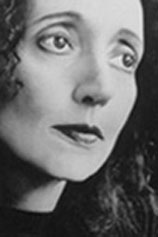

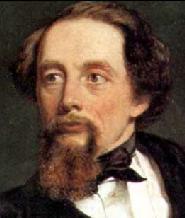
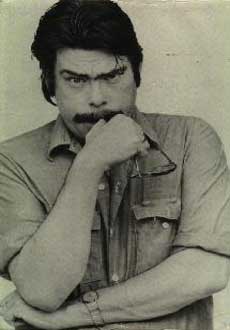
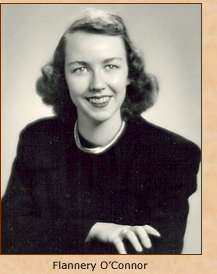
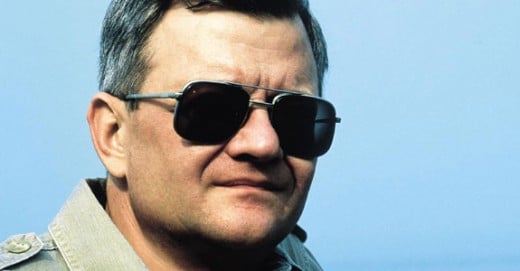
Well, that depends...
...and it's usually dictated by the story and the characters themselves. Often times a coming of age story is told through the eyes of one character (such as Stephen King's The Body [which you may know as the feature film Stand By Me ] and ZZ Packer's Brownies ) while an epic, or a story spanning many generations and with numerous characters (such as Tolstoy's Anna Karenina, and Tom Clancy's stories) usually would use third person narration.
Some novels, including As I lay Dying (Faulkner), The Joy Luck Club (Amy Tan) and Trainspotting (Irvine Welch) use multiple narrators, though this is generally not done with short stories and novellas.
When you sit down to write, let your characters dictate how the story should be told and viewed. After all, it is their story. You're just the medium they're using to tell it. If your first draft seems flat, or if people aren't connecting with it, consider changing the point of view, and see if that gives it the pop it needs.
Whatever the point of view, understand the advantages and limitations of each and be consistent. POV is often the last thing authors consider in a story when, in reality, it should be one of the first.
Happy writing!


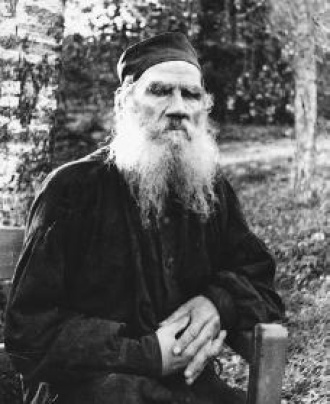
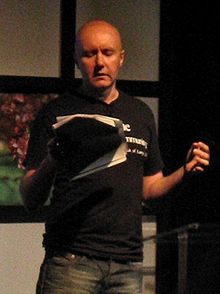
In conclusion...
I hope that you found this article interesting and helpful. Good luck in your pursuits.
Please leave some feedback below and, remember, sharing is caring.












